*All of models in this post were created using the super glue and baking technique.
In the past, I have been credited with inventing the baking soda/super glue combination. While I would absolutely love to take credit for something so brilliant on which 90% of my techniques rely, it’s not my own. I believe was introduced to the hobby by Carol Williams. This is her original tutorial.
I’ve come with a few twists and original applications for it, but I am merely an extremely vocal advocate of this powerful combo.
Having said that, this is how I use it.
The very basic idea is if you sprinkle a small amount of baking soda on a liquid super glue, it will cause the glue to harden almost instantly. Baking soda acts as an accelerant on the glue.
Scientifically speaking, super glue is the common name for cyanoacrylate or CA. It is a resin based material. Yes, it is very similar to the resin that your resin ponies are made of. Like that resin, when it dries it’s rigid with a slight amount of bend. It’s not rubber-like flexible, but it is just flexible enough to resist the small amount of stress a model horse will usually encounter when being moved around. Because it is a similar material to resin (and some extents it is also similar to cellulose acetate, which is what Breyers are made of) it plays nicely with the original body. In my experience, this creates a more stable custom overall.
When left to dry on its own, super glue will slowly shrink and lose mass. However, when you add baking soda, the shrinkage is minimal. That means it can be used effectively as a building material and gap filler. In our hobby, the most common material used as a building material and gap filler is some form of epoxy (see Brands I Prefer for more). The advantage of super glue/baking soda has over the malleable epoxy is it’s instant drying ability. Usually, you’ll have to build up a few layers to fill large areas, however this still takes much less time than it takes epoxy to fully cure.
You can use super glue/baking soda to replace missing ear tips. For further reading, here is a tutorial on how this is done. I’ve used it to restore an original finish Breyer whose ear was missing entirely. This required many applications, layered on top of each other, to rebuild a large blob in the general shape of an ear. I went back with my dremel to grind down and refine the shape of the ear.
Super glue/baking soda is my favorite framing material. A frame is transition phase I use between a wire armature and the clay stage of sculpting. For me, this is a crucial stage to building a drastic custom. The frame allows me to better visualize the final product and get a feel for the proportions and silhouette of a custom. Many hobbyists use a chicken wire-like material for this step. I have some of this stuff shoved in a box somewhere, but I tend to accidently stab myself with it. I like my frame to be as precise and non-violent as possible and wire doesn’t cut it.
Tune in over the next two weeks for more about framing: the what, why, and how.

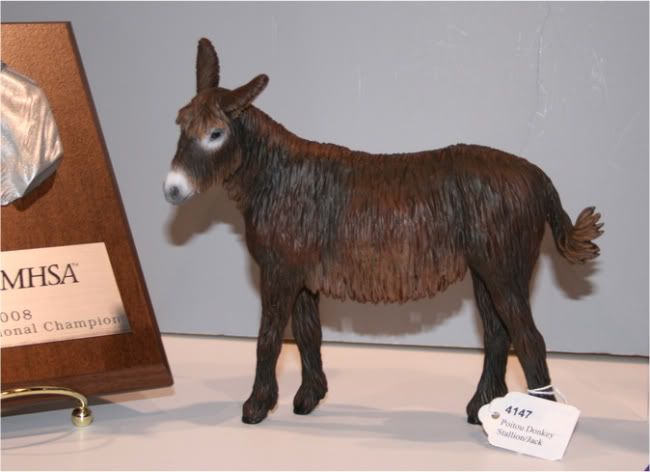

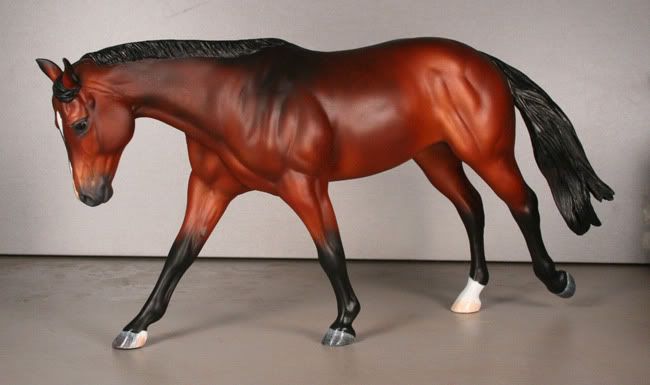
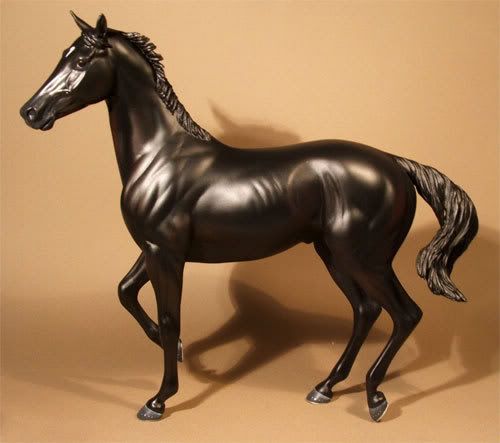

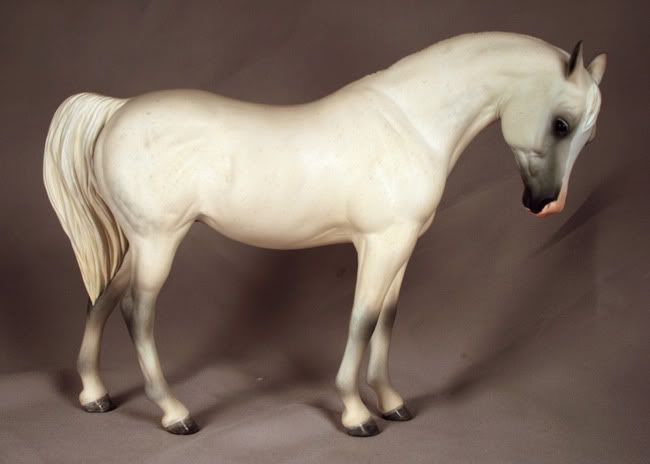
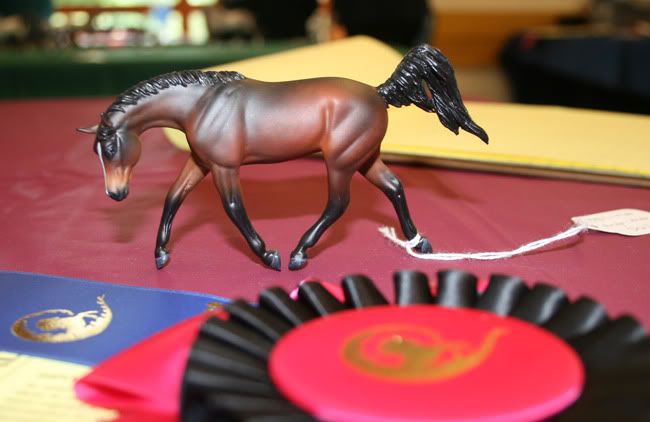




2 comments:
WANT WANT WANT
These are great products, Laura! Baking soda is a known element that triggers the polymerization of the super glue easily. This is a great help in projects like this as it needs special attention to small details.
Shannon Mcniel @ASI
Post a Comment